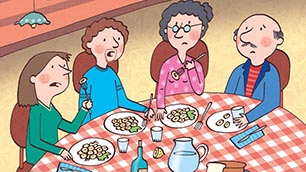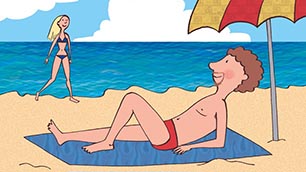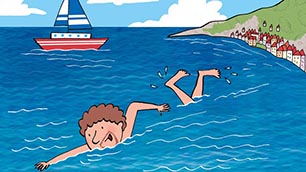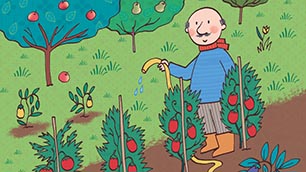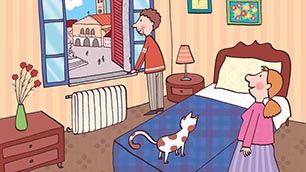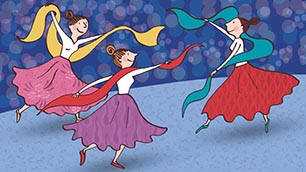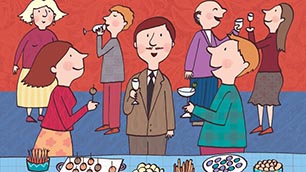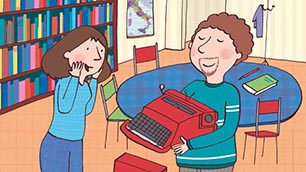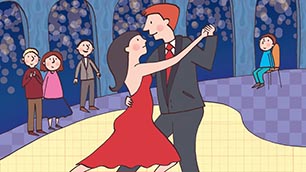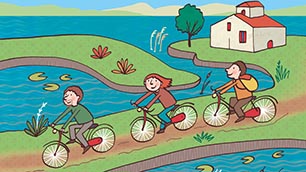I. Indefinite Articles: Articoli indeterminativi
In English, the indefinite article is either a or an. For example, a cat or an apple. The forms of the Italian articoli indeterminativi are shown in the table below.
| Masculine | Feminine | |||
| before a consonant | un | una | ||
| before s + consonant, z, ps, gn, or x | uno | una | ||
| before a vowel | un | un |
Examples:
| una casa e un appartamento ... a house and an apartment un amico e un’amica ... a friend (male) and a friend (female) uno studente e una studentessa ... a student (male) and a student (female) uno zoo e una zebra ... a zoo and a zebra uno psicologo e una psicologa ... a psychologist (male) and a psychologist (female) |
The word which immediately follows the article determines the form used.
| uno studente | un altro studente (another student) | |
| un’edizione | una vecchia edizione |
II. Numbers
Like in English, the cardinal numbers in Italian are used for indicating the amount and quantity and stating the date. The numbers from one to thirty are as follows:
| 1 uno | 11 undici | 21 ventuno | ||
| 2 due | 12 dodici | 22 ventidue | ||
| 3 tre | 13 tredici | 23 ventitré | ||
| 4 quattro | 14 quattordici | 24 ventiquattro | ||
| 5 cinque | 15 quindici | 25 venticinque | ||
| 6 sei | 16 sedici | 26 ventisei | ||
| 7 sette | 17 diciassette | 27 ventisette | ||
| 8 otto | 18 diciotto | 28 ventotto | ||
| 9 nove | 19 diciannove | 29 ventinove | ||
| 10 dieci | 20 venti | 30 trenta |
The numbers from forty onward are as follows:
| 40 quaranta | 90 novanta | 500 cinquecento | 1,000 mille | |||
| 50 cinquanta | 100 cento | 600 seicento | 2,000 duemila | |||
| 60 sessanta | 200 duecento | 700 settecento | 1,000,000 un milione | |||
| 70 settanta | 300 trecento | 800 ottocento | 2,000,000 due milioni | |||
| 80 ottanta | 400 quattrocento | 900 novecento |
NB: The number uno follows the rules of the indefinite article.
| un caffè ... one coffee un’aranciata ... one orange juice |
C’è and ci sono
C’è and ci sono correspond to the English there is and there are. C’è and ci sono can also express the idea of being at home, as you can see in the final example below.
| C’è un gatto sul tavolo. | There is a cat on the table. | |
| Ci sono due ragazzi in aula. | There are two guys in the classroom. | |
| C’è abbastanza tempo. | There is enough time. | |
| Ci sono molti italiani negli Stati Uniti. | There are many Italians in the United States. | |
| Scusi, c’è Simona? | Excuse me, is Simona in? |
NB: Do not confuse c’è and ci sono with ecco, which means here is, here are, there is, there are, and is used to draw attention to something or present something. Note the difference:
| C’è una domanda difficile. | There is a difficult question. | |
| Ecco una domanda difficile! | Here’s a difficult question! |







